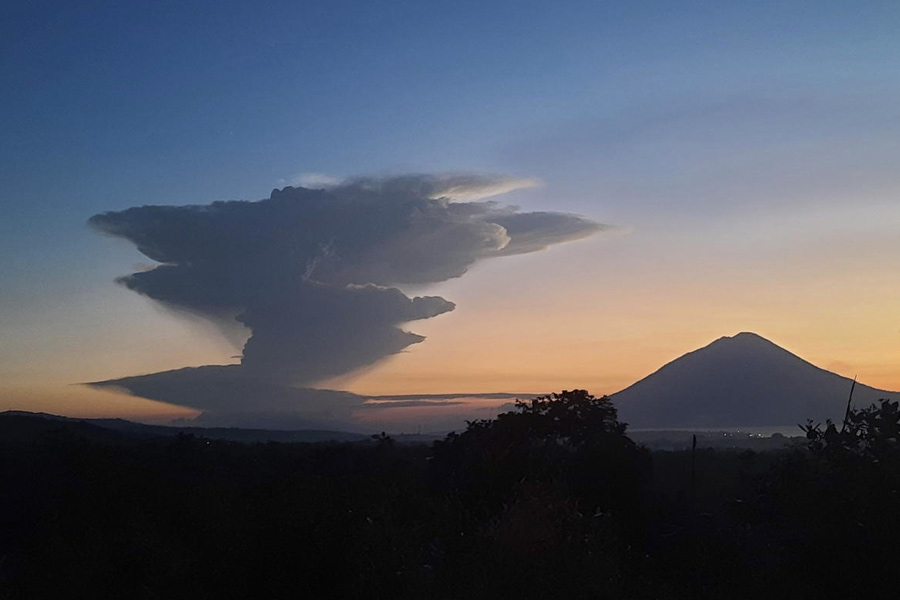 |
| Labourers lay jute sheets to pave the road between Baguiati and Rajarhat in Calcutta. Picture by Soumen Bhattacharjee |
Calcutta, June 6: After bags and clothes, it is now the turn of the road.
As the first commercial venture of its kind in West Bengal, a 3.5-km road connecting Baguiati with Rajarhat was laid with jute fibre. The stretch, laid with financial assistance from the Prime Minister?s Gram Sadak Yojana, was inaugurated on Friday.
?This is the first time in the state that a road has been laid with jute as the base material. Because of the use of jute-based special fibres, the road can bear more load and will survive longer than conventional gravel thoroughfares,? said S. Samadder, chief engineer of North 24-Parganas zilla parishad.
The geo-textile material offsets the effect of moisture, always high in parts of the country, on the load-bearing capacity of the road.
?Most roads develop cracks as the soil below gradually subsides. But by using geo-textiles like jute or synthetic fibres, we can arrest subsidence to a great extent. As a result, the life span increases by at least 1.5 times,? explained Samadder.
Besides, jute being cost-effective and easily available, use of the fibre reduces the construction cost. ?We do not have to use materials like bricks and stones for laying the foundation,? the chief engineer added.
The fibre used in laying the Baguiati-Rajarhat road has been developed by the Indian Jute Industry Research Association (IJIRA) and the Jute Manufacturers Development Council.
?It is different from what you find in gunny bags or sacks. The special fibres are much stronger than the ones used in various other products. They had been tested in some pilot projects before we decided to use it in laying roads,? said Pradip Chowdhury, regional head of the geo-textile unit of IJIRA, an autonomous body (under the Union government) promoting jute-based technology.










